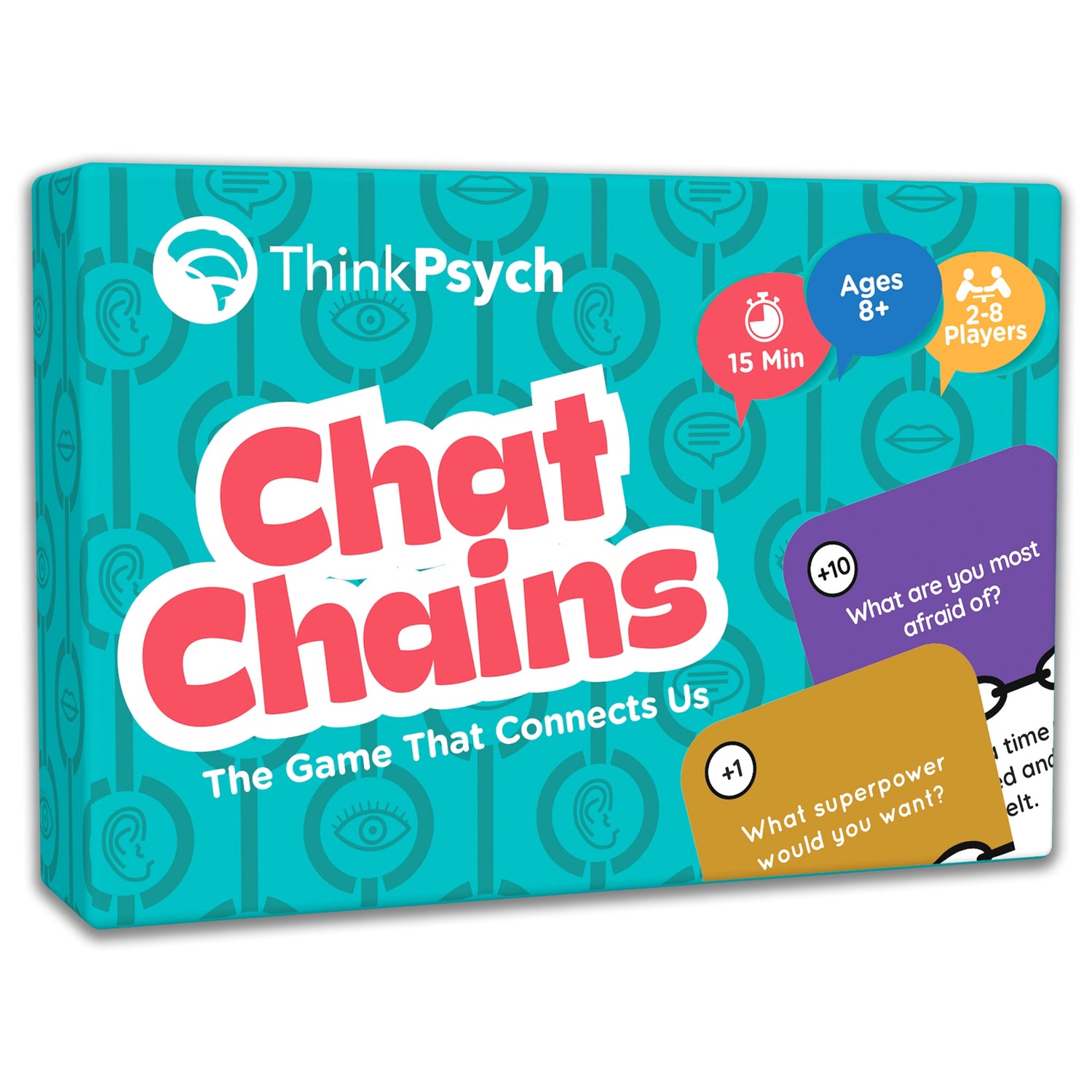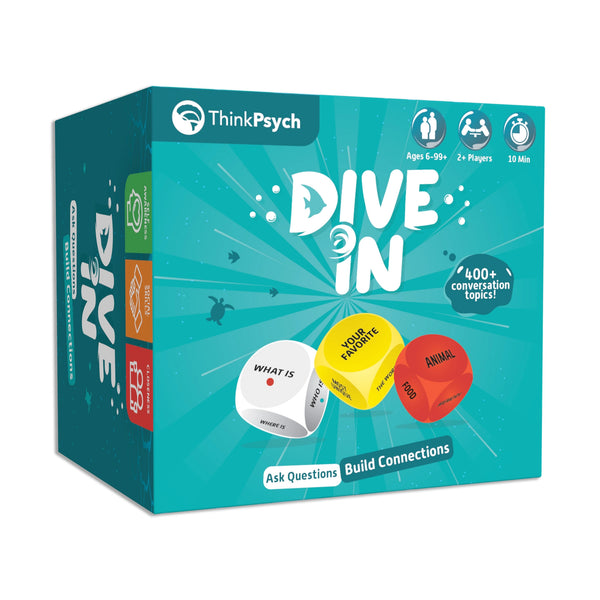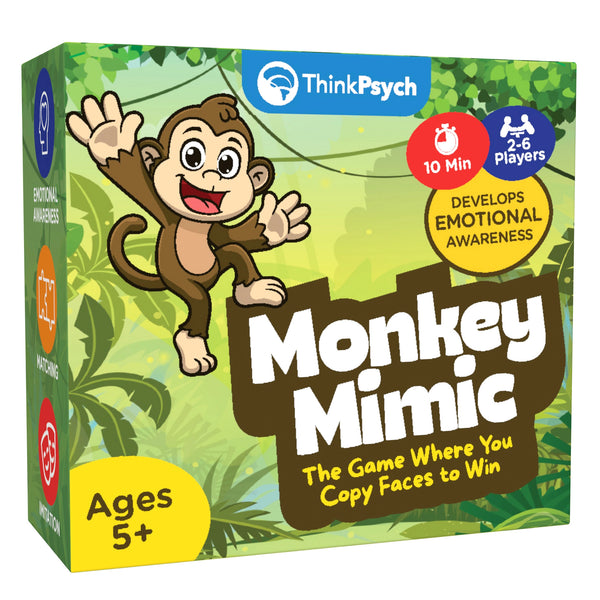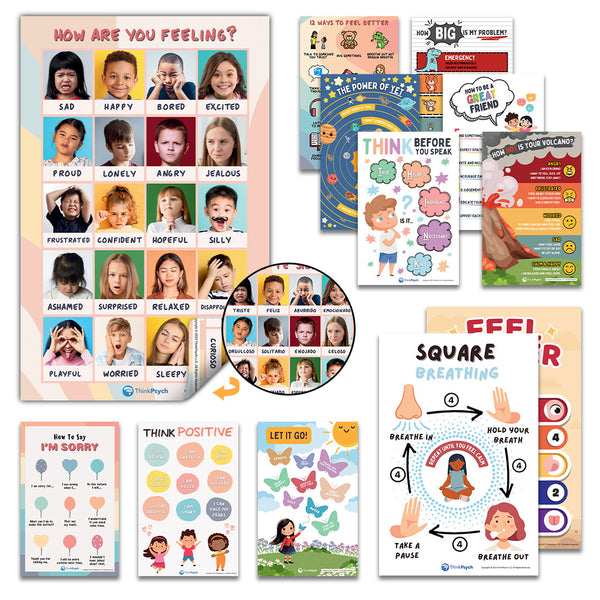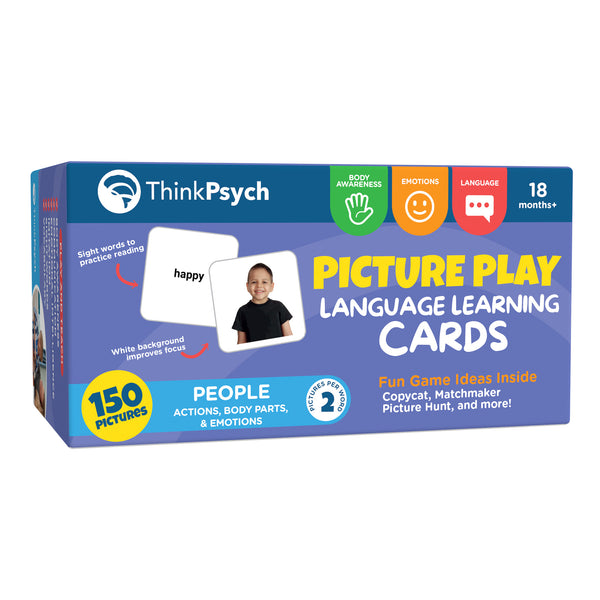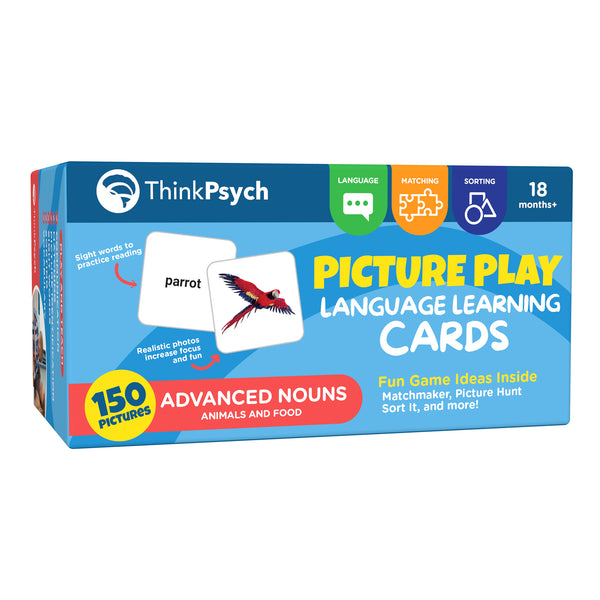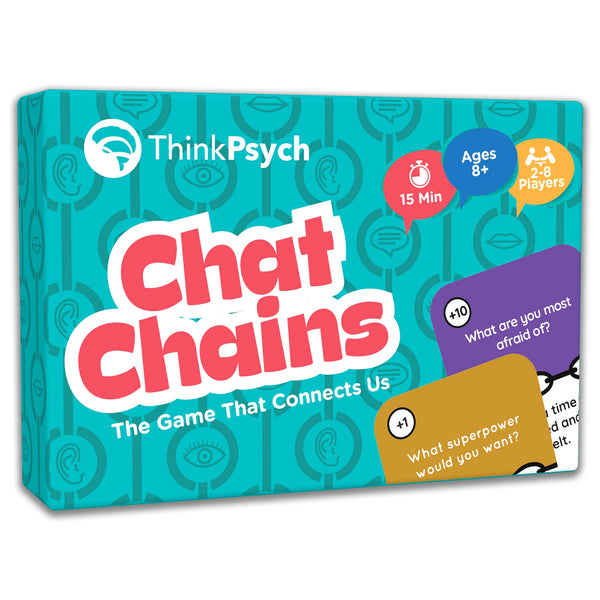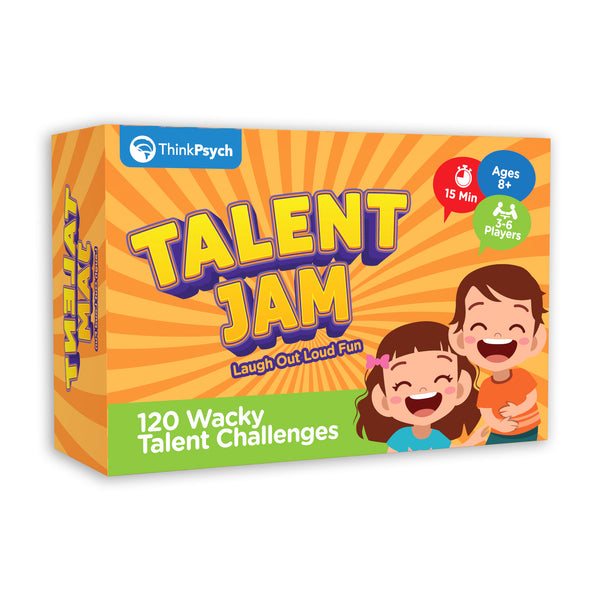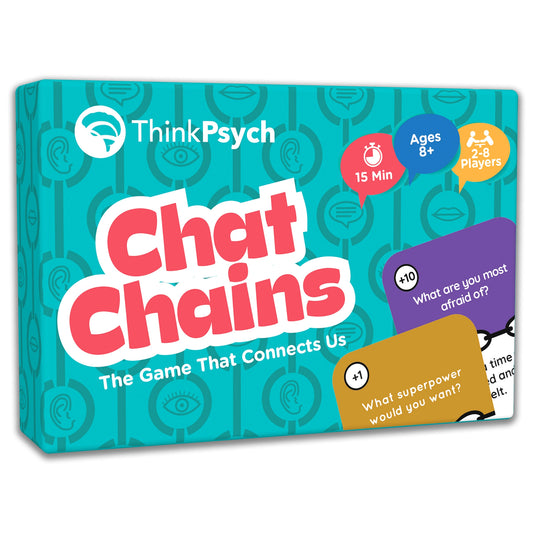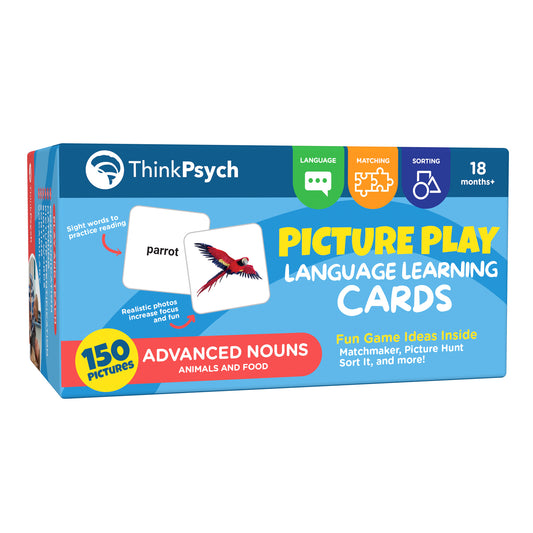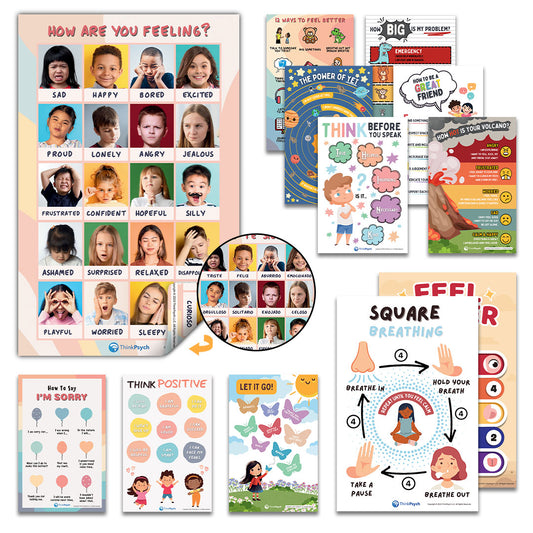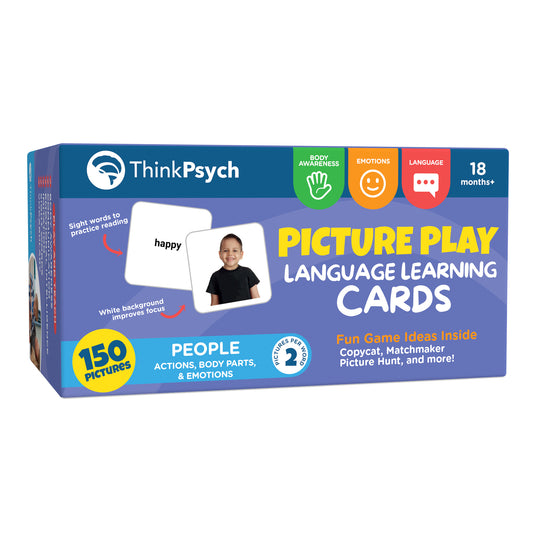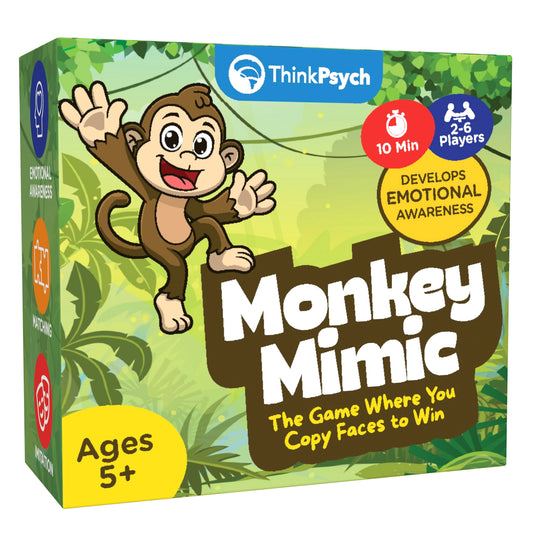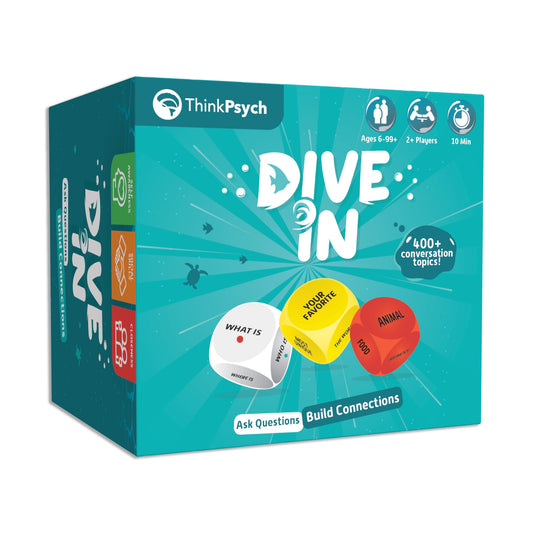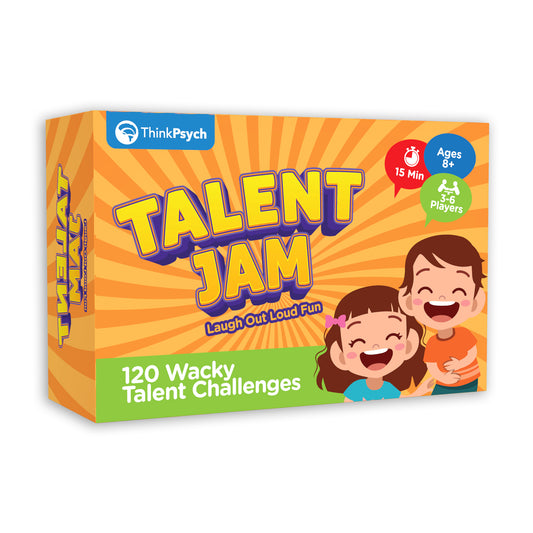
How to Cultivate an Attitude of Gratitude in Kids
Share
As parents and caregivers, we strive to ensure the well-being of our children in every way possible. Startling statistics reveal, however, that 1 in 6 U.S. children aged 2–8 years have been diagnosed with a mental, behavioral, or developmental disorder.
This alarming reality emphasizes the urgent need to prioritize emotional health and promote emotional literacy in children. Cultivating an attitude of gratitude is one powerful strategy that can make a remarkable difference in nurturing a healthy child.
Let's explore the transformative impact of gratitude on a child's emotional well-being and how it can shape their entire life. When we teach children the art of expressing gratitude, we unlock a world of positive benefits and foster a lifelong attitude of appreciation and happiness.
Remember, health starts young – and by embracing the multidimensional nature of well-being, we can empower our children to live lives filled with gratitude, resilience, and emotional strength.
What is Gratitude in Kids?
Gratitude, at its core, is the genuine feeling and expression of thankfulness. It goes beyond simply saying "thank you" out of politeness or obligation. True gratitude involves thoughtful reflection, energy, and a deeper understanding of the value and impact of what one is thankful for.
It ultimately fosters a sense of connection, empathy, and appreciation for the world around them. This makes gratitude a related trait to kindness.
In the context of children, teaching and fostering genuine gratitude takes time, patience, and consistent modeling by adults.
As your child grows older, their ability to express gratitude evolves. By the age of two, they may begin saying "thank you" to others, even if they don't fully understand the depth of appreciation. At ages 3 to 5, they can identify and name things that bring them a sense of appreciation.
Between the ages of 6 and 8, children become more aware of how others assist them and learn to express gratitude for that help. They also start discussing things that make them feel grateful. At this stage, some children may even express gratitude independently without needing a prompt.
It's important to recognize that gratitude is not just a one-sided emotion. It benefits both the giver and the receiver. When a child expresses gratitude, they not only acknowledge and appreciate the generosity they have received but also experience a positive impact on their own emotional well-being.
Benefits of Cultivating Gratitude
Cultivating an attitude of gratitude in children can have profound and lasting effects on their overall well-being. By fostering gratitude, we empower children to develop a positive outlook and appreciate the blessings in their lives.
Customer Favorites From Our Store
Let's explore some of the key benefits that arise from cultivating gratitude in kids:
- Releases Oxytocin: Expressing gratitude triggers the release of oxytocin, often referred to as the "bonding hormone," in the brain. Oxytocin promotes feelings of trust, connection, and happiness, strengthening social bonds and fostering a sense of belonging.
- Enhances Emotional Resilience: Gratitude helps children develop emotional resilience by shifting their focus from negative experiences to positive aspects of their lives during times of change. It cultivates a mindset of optimism and thankfulness, allowing them to navigate challenges with a greater perspective.
- Boosts Mental Well-being: Practicing gratitude has been linked to improved mental well-being in children. It can reduce feelings of stress, anxiety, and depression, promoting a more positive and balanced mindset.
- Fosters Kindness: Gratitude encourages children to recognize the efforts and kindness of others, fostering empathy and a greater understanding of the impact of their actions. It promotes acts of kindness, compassion, and generosity towards others.
- Cultivates Positive Relationships: Grateful children tend to have stronger and healthier relationships. They reinforce positive interactions, build trust, and deepen their connections with family, friends, and the broader community.
- Develops Mindfulness: Gratitude nurtures mindfulness in children, allowing them to be more present and attuned to the beauty and goodness in their everyday experiences. It cultivates a sense of wonder, encouraging children to find joy and gratitude in the small moments of life.
Encouraging gratitude becomes a gift that lasts a lifetime, shaping kids into resilient, compassionate, and appreciative individuals.
Helping Kids Express Gratitude
Teaching children about gratitude and guiding them to express it in meaningful ways can have a profound impact on their overall well-being.
Here are some practical ways to help teach your child about gratitude:
- Lead by Example: Be a role model by expressing gratitude in your daily life. Let your child observe you saying "thank you" and expressing appreciation to others. Show them how you find joy in simple things and express gratitude for the special things in your life.
- Practice Daily Reflection: Encourage your child to reflect on their day and identify things they are grateful for. Create a bedtime routine where you discuss together what each of you is thankful for that day. This helps children develop the habit of focusing on the positive aspects of their lives.
- Volunteer Together: Engage in volunteer activities as a family. You could help at a local shelter, participate in community service projects, or support a cause. Such an experience allows them to witness firsthand the impact of gratitude and kindness toward others.
- Practice Random Acts of Kindness: Encourage your child to do small acts of kindness for others, like sharing toys or helping those in need. Highlight how these acts can brighten someone's day and inspire gratitude in both the giver and receiver.
- Engage in Gratitude Activities: Explore fun gratitude-focused activities, such as creating a gratitude jar where your child can write and collect moments of gratitude or making a gratitude collage with pictures and words that represent what they appreciate. You can also try our Moments of Gratitude: Mindful Reflections for Happier Days: a fun, easy-to-use card deck to help you boost your gratitude practice. Included in Moments of Gratitude are 52 unique prompts and 9 fun activities to practice thankfulness every day.
- Discuss Acts of Kindness in Stories: Read books or share experiences highlighting acts of kindness, empathy, and gratitude. Discuss the characters' actions and encourage your child to identify and reflect on the positive traits displayed.
Nurturing gratitude is an ongoing process that requires patience and consistency. By fostering this essential trait, you provide your child with a lasting tool for happiness, empathy, and a sense of belonging.
Final Thoughts
Cultivating an attitude of gratitude in kids is a powerful gift that can shape their lives in profound ways. By teaching children to appreciate and express gratitude, we empower them to find joy in the little things, develop empathy, and build meaningful relationships.
Through daily reflections, gratitude journals, and acts of kindness, we can guide our children to recognize the positive aspects of their lives and the kindness of others.
If you're seeking more expert-backed advice and guides on fostering your child's emotional well-being, head over to our ThinkPsych blog. There, you'll find a wealth of resources to support you on your journey of raising emotionally healthy and grateful youngsters.
Sources:
- Study: One in Six U.S. Children Has a Mental Illness
https://www.aafp.org/news/health-of-the-public/20190318childmentalillness.html
- Evidence for a role of the oxytocin system, indexed by genetic variation in CD38, in the social bonding effects of expressed gratitude
